An Awakening: Shared stories ignite Houston’s next generation’s resolve to end gun violence
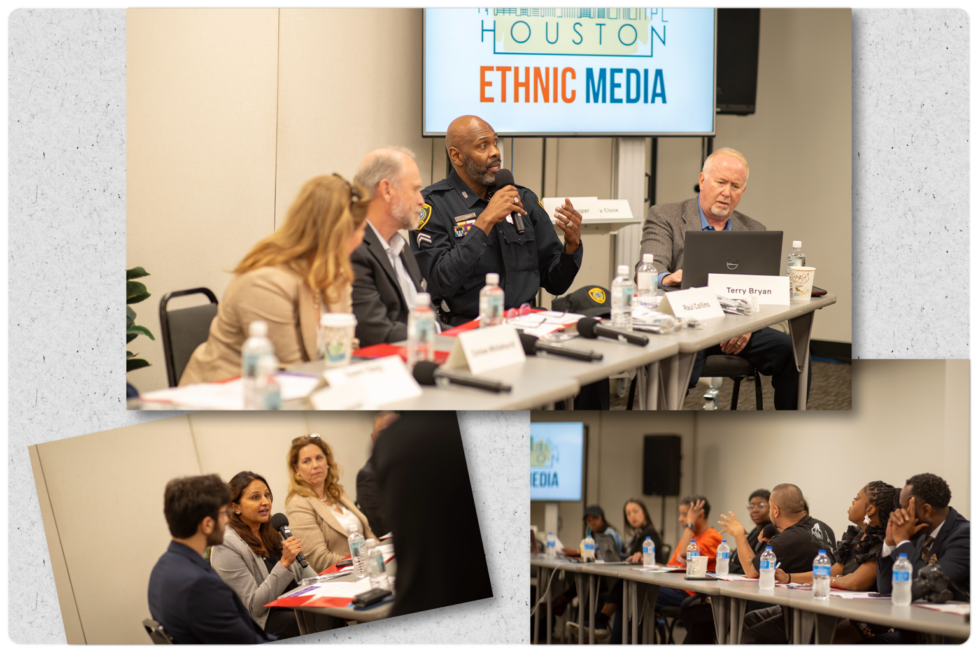
By: Nathaniel J. Greene, Community and Culture Reporter
As a freshman at the College of Biblical Studies, I found myself in awe to be seated at a table full of community leaders and advocates working tirelessly to confront an issue tearing through the fabric of our society—gun violence. The Houston Ethnic Media roundtable discussion, featuring voices from various sectors, was not just an event on March 28; it was a profound awakening to the depths of a national crisis claiming the lives
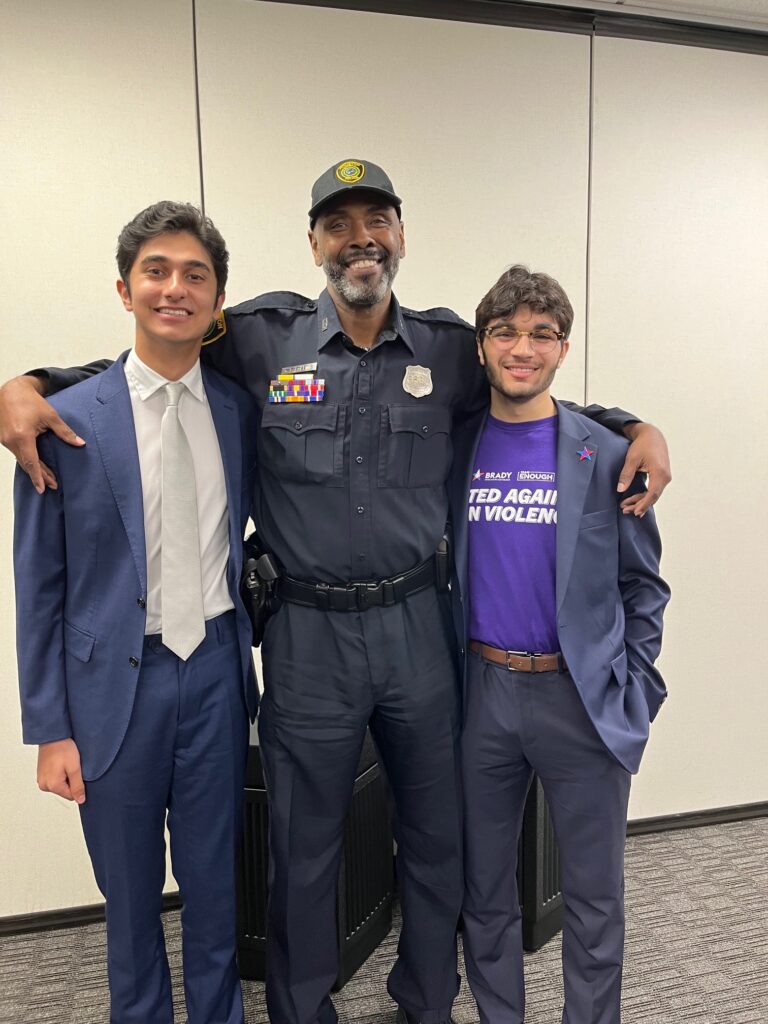
Even though he spoke second to last, a Houston Police Officer’s words remained at the top of my thoughts. Officer Raul Collins pierced the silence of the room when he shared a personal tragedy that many in attendance couldn’t even imagine enduring.
“I was 11 when my father shot my mother five times with a .38 Special,” he shared, causing mouths to drop. “He shot himself one time in the chest; they both lived.”
The 26-year veteran officer, who towers at 6 foot 7 inches tall, explained he was an “angry kid” using basketball as his sanctuary but now his peace comes from helping others as he travels with gun locks to pass out to the community.
Being a college basketball player and a young man always on watch to protect my mother and baby sister, his story struck a chord inside my soul.
“That kind of violence, it does change you, but sometimes it helps you find your purpose. It won’t stop you, like it’s motivating our purpose,” Collins said.
Emilee Whitehurst, leading the charge at the Houston Area Women’s Center, knew all-too-well stories like Collins and his loved ones.
Are you suffering from domestic violence? Do you need help? Click here to make the first step.
“Just under one out of five homicides are family violence related,” she stated, highlighting the lethal intersection of domestic violence and firearms. “One of the most important questions that we ask is if there is a gun in the home. Have you been threatened with a gun? Because we know that if a gun is in the mix, the lethality rate for that individual could go up about five times,” Whitehurst said.
Dr. Bindi Naik-Mathuria, Chief of Pediatric Surgery, UTMB, shared the heart-wrenching story of a 3-year-old shot while simply watching TV. This account, coupled with her involvement in the mayor’s Commission Against Gun Violence, illustrated the the critical need for community and policy-based interventions.

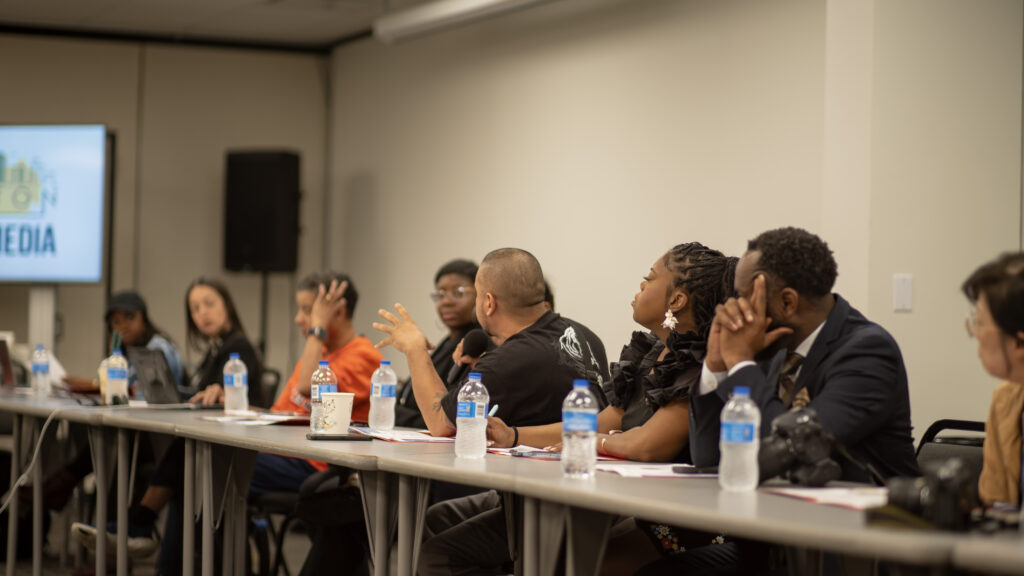



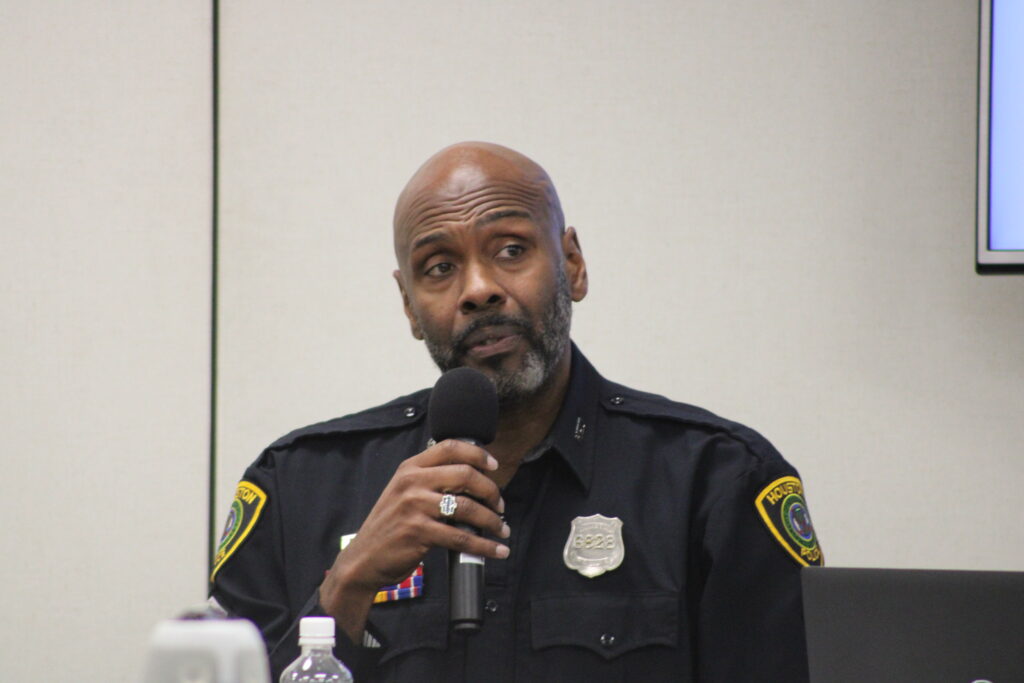
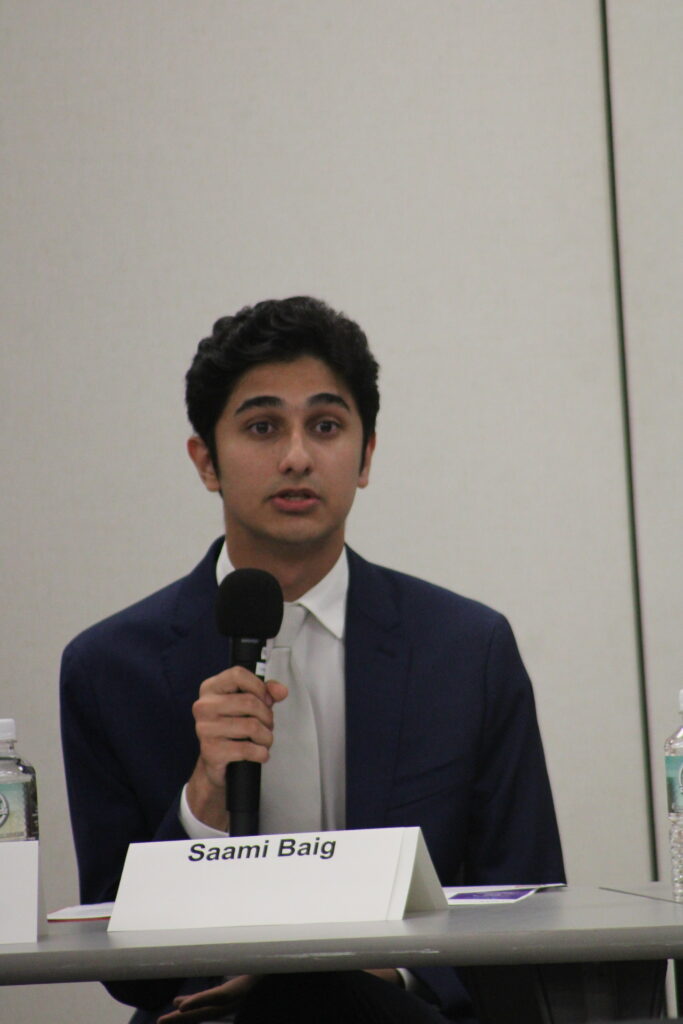
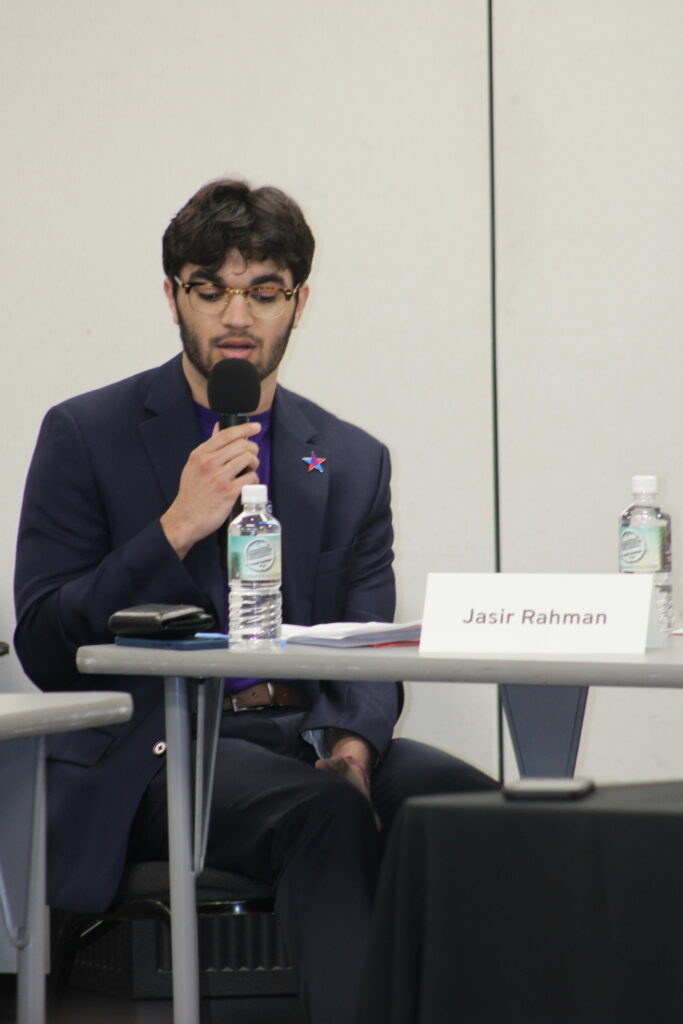
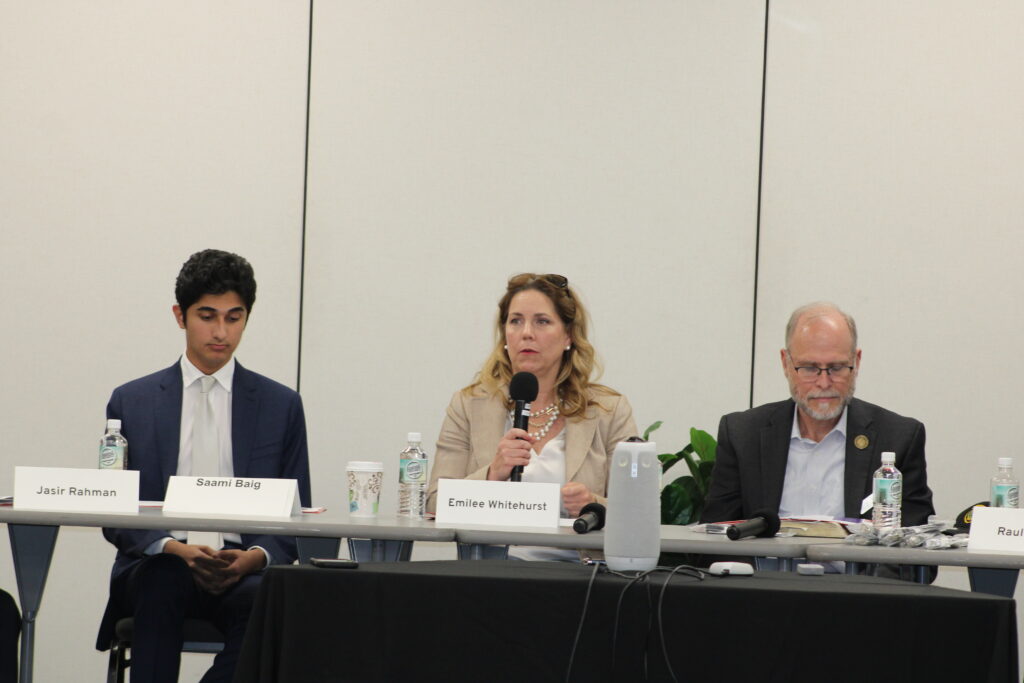
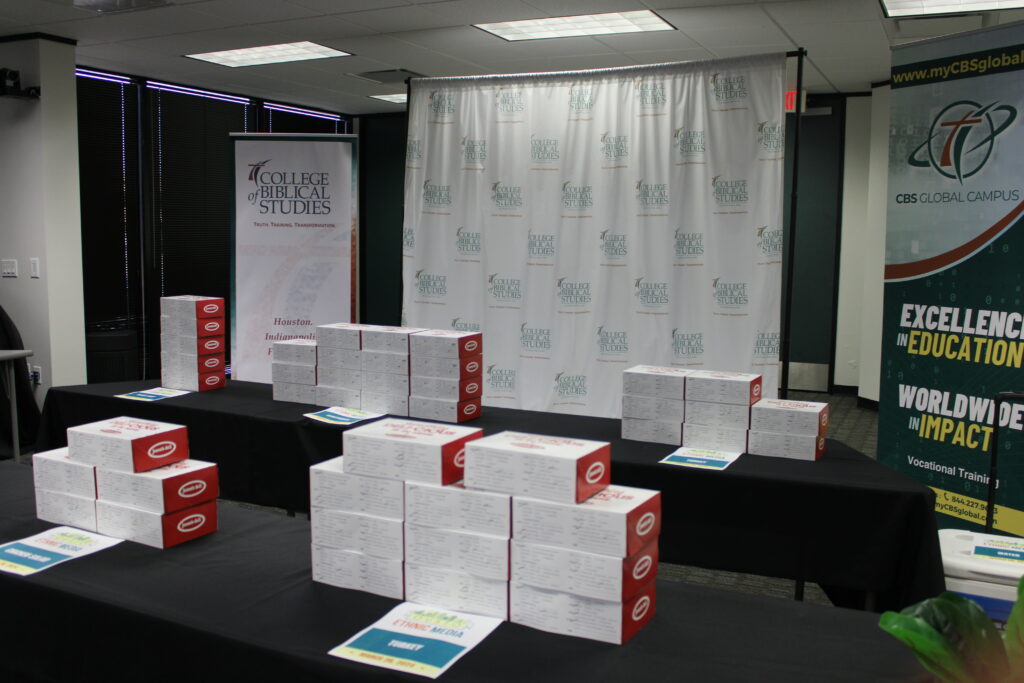


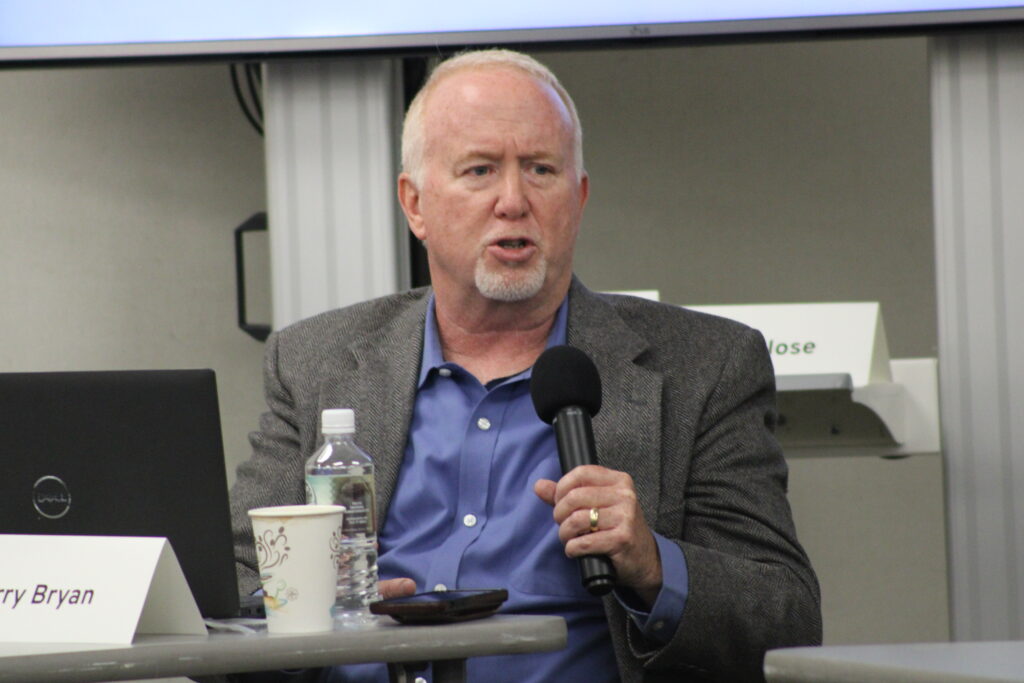
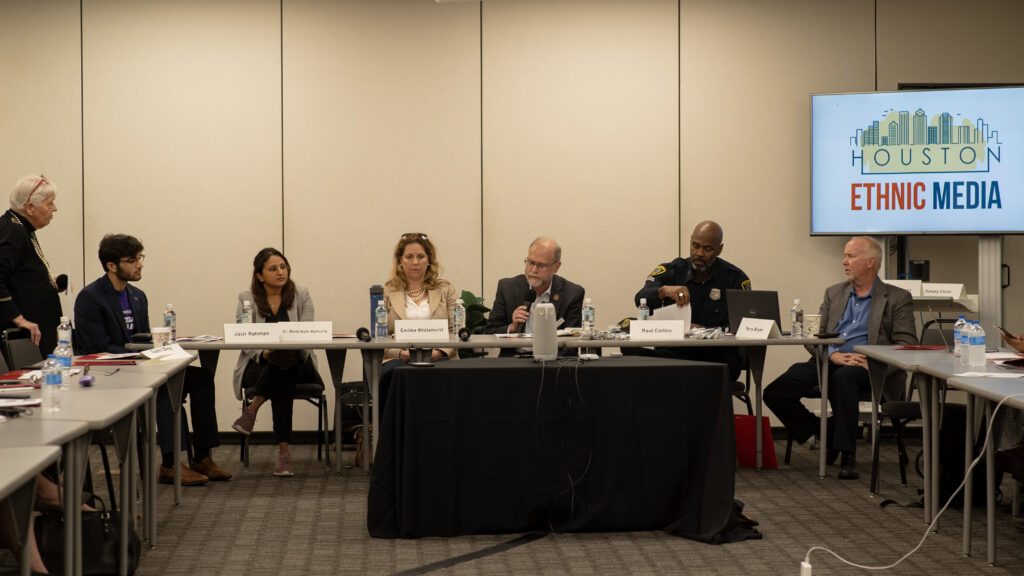
The voices of Saami Baig and Jasir Rahman, representing the fears and frustrations of our generation, exploded across the room.
“It’s become normal to read these headlines about kids getting shot… but this is not normal,” said Baig, a high school student and co-executive director of March For Our Lives Houston.
He shared what possibly many young people fear today, especially with the seemingly never-ending and unpredictable school and mass shootings.
“I thought to myself am I next or you know are we collectively next? Am I going to make it home today or am I just gonna end up being another name on the long list of people who’ve been lost to mass shootings in this country?” he asked. “Enough is enough… this needs to stop. It’s not radical; it’s a fight for our lives.”
Rahman, a Rice University student and local coordinator for Brady United, criticized legislative inaction, particularly the lack of universal background checks.
“What’s radical is when one in five people knows somebody who has died or has been shot by a gun, and yet we still don’t have universal background checks,” he said. “What’s radical is that gun violence has become the single biggest public health threat to youth and young people.”

Closing the discussion, Terry Bryan spoke of the measures taken by our college to ensure safety, reminding me of the tangible steps that institutions can and must take to protect their communities. As the co-director of Crisis Management for CBS, his commitment to creating a safe educational environment offered a glimmer of hope in the face of overwhelming challenges.
Sitting in that audience, with nearly 40 other media professionals from all walks of life, I was struck by the interconnectedness of our stories and the shared responsibility we hold in addressing this crisis.
This roundtable was more than just an event; it was a clear call to action for all of us, especially to those of my generation, to stand up, speak out, and work together to end gun violence.
